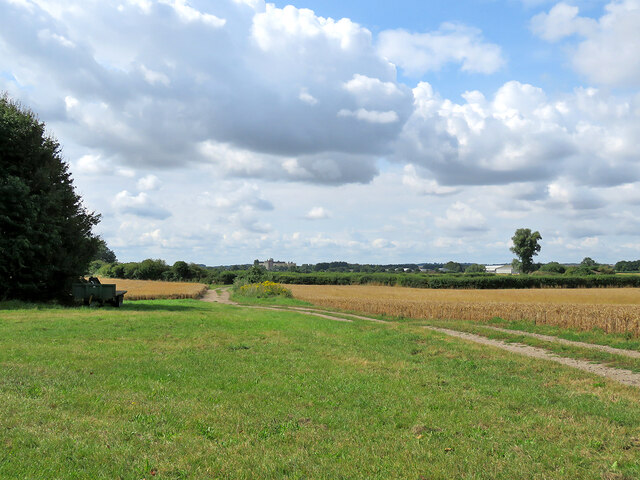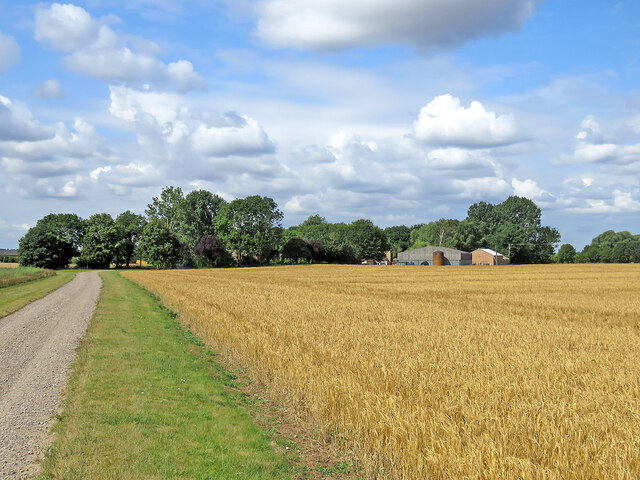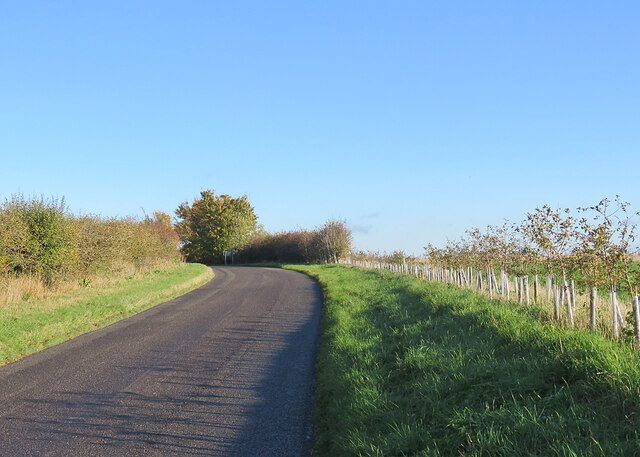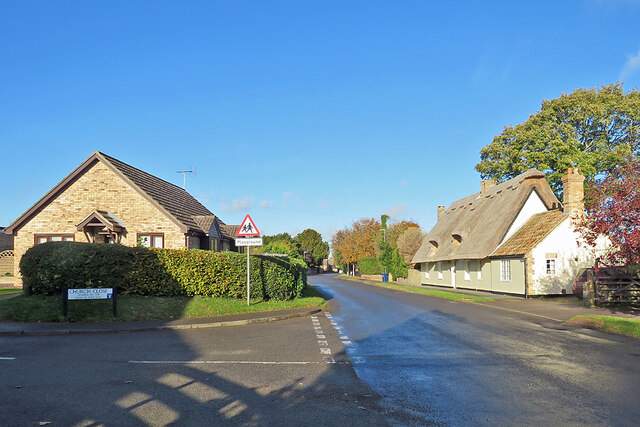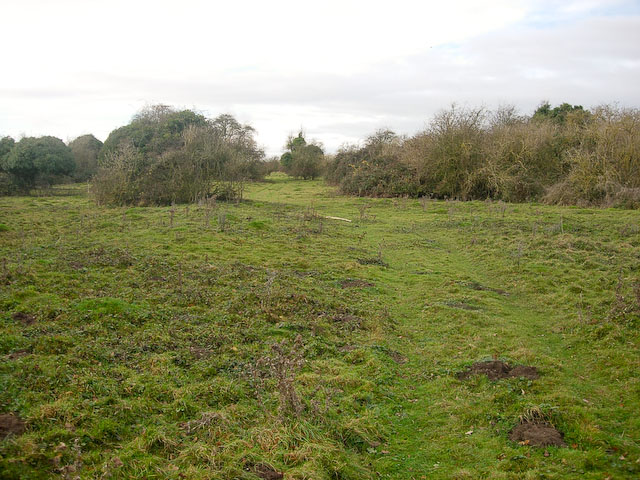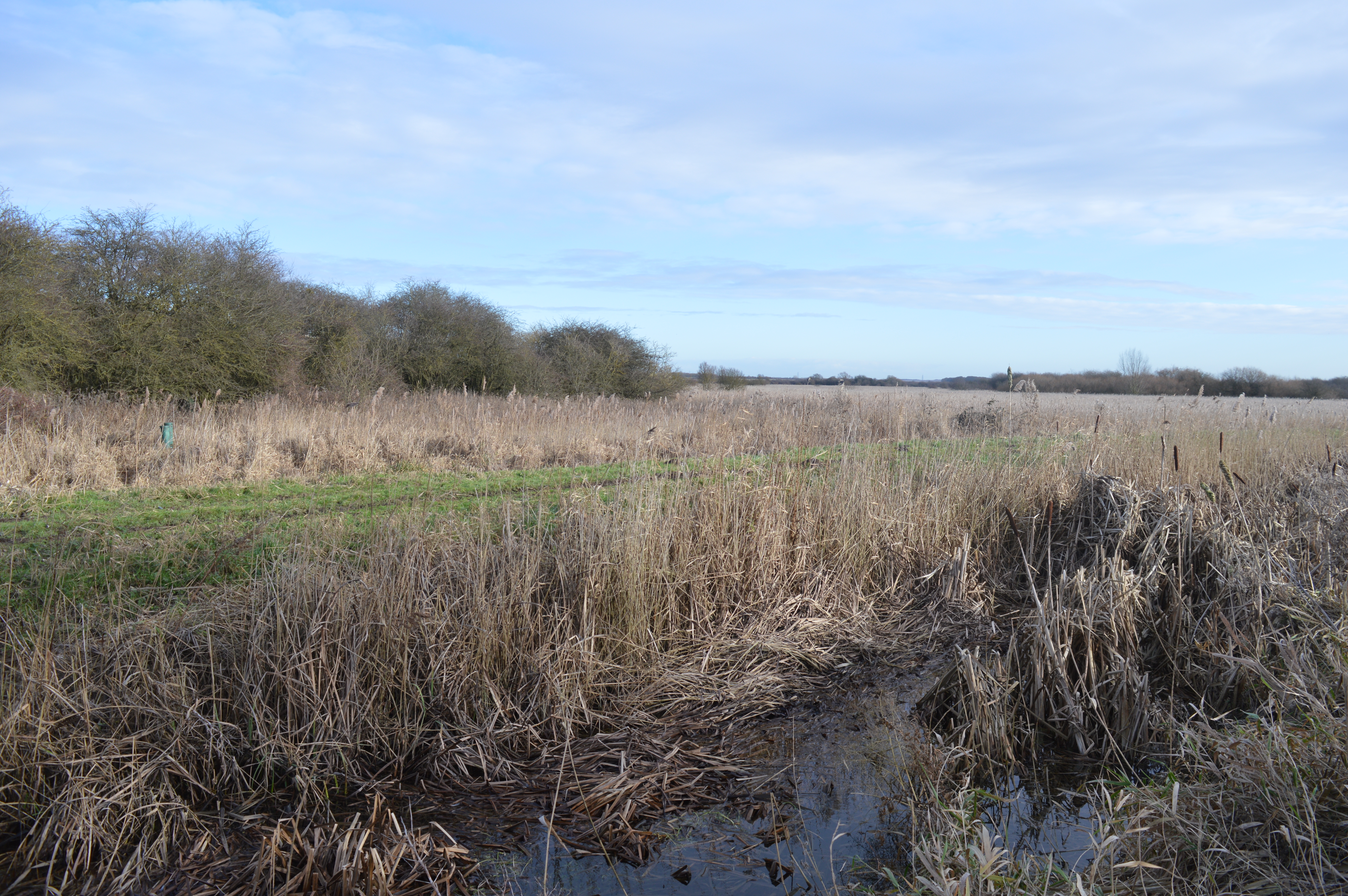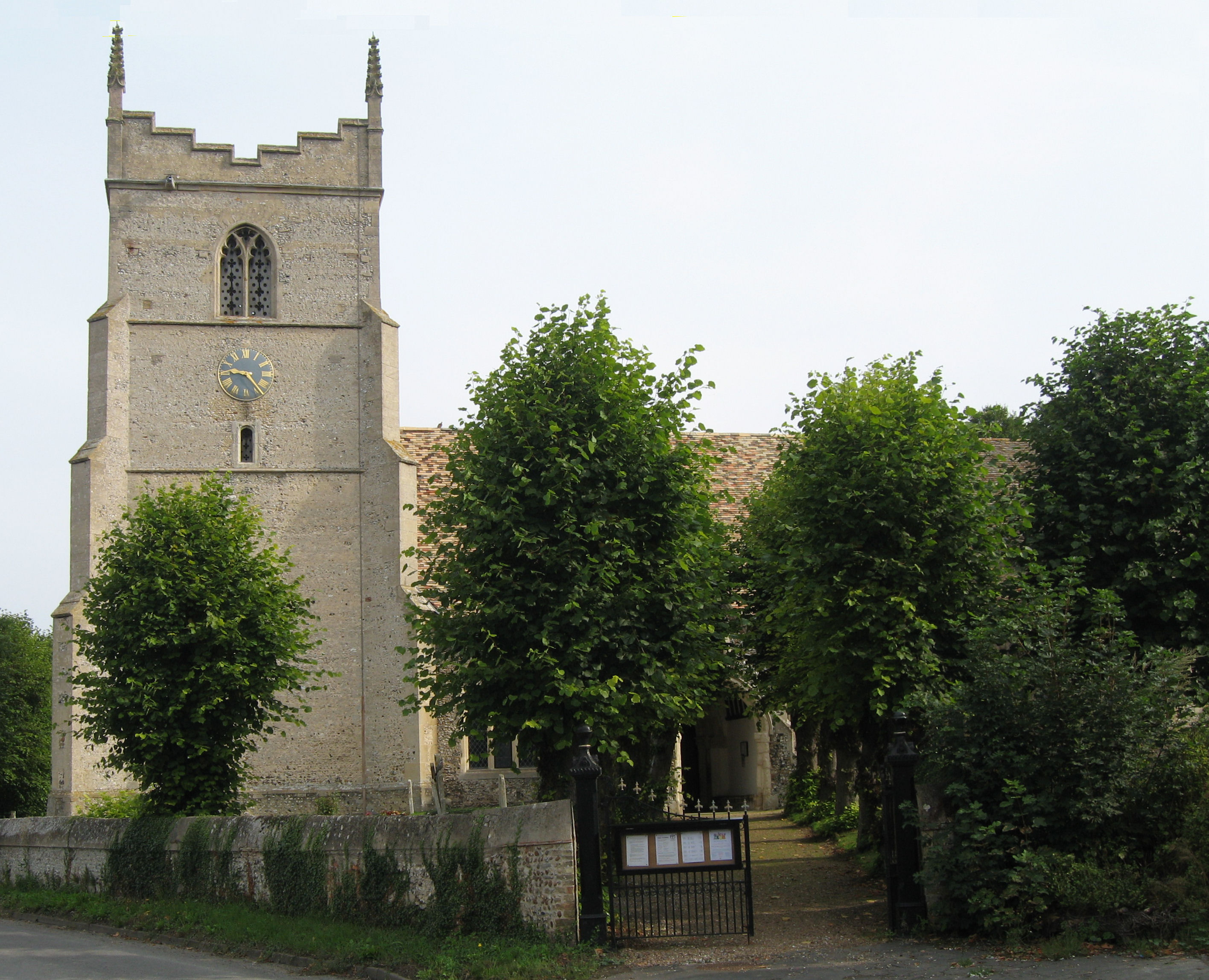Frog End
Settlement in Cambridgeshire South Cambridgeshire
England
Frog End
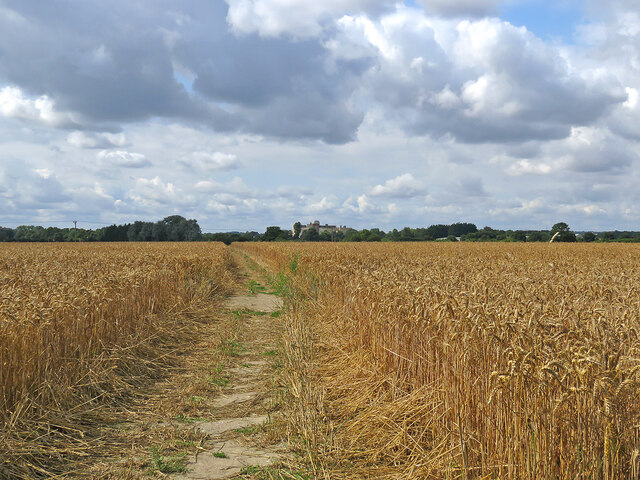
Frog End is a small village located in Cambridgeshire, England. Situated approximately 10 miles southwest of the city of Cambridge, Frog End is known for its picturesque countryside and charming rural atmosphere. The village is nestled amidst rolling green fields and is surrounded by a tranquil and idyllic landscape.
Despite its small size, Frog End has a rich history dating back several centuries. It is believed that the village was originally established during the medieval period and has since retained much of its traditional character. The main focal point of Frog End is its historic church, which stands at the heart of the village. This Grade II listed building is a testament to the architectural heritage of the area and attracts visitors interested in its unique design and historical significance.
Frog End offers a peaceful retreat from the busy city life, with its serene surroundings and close proximity to nature. The village is a popular destination for outdoor enthusiasts, offering numerous walking and cycling routes that showcase the natural beauty of the Cambridgeshire countryside. The nearby River Cam also provides opportunities for boating and fishing.
While Frog End may be small in size, it boasts a close-knit and friendly community. The village is home to a handful of local amenities, including a village hall and a small shop. Residents also have access to a range of services and facilities in the nearby towns and cities, ensuring a convenient and comfortable lifestyle.
Overall, Frog End, Cambridgeshire, offers a charming and peaceful rural retreat, steeped in history and surrounded by natural beauty.
If you have any feedback on the listing, please let us know in the comments section below.
Frog End Images
Images are sourced within 2km of 52.205949/0.243513 or Grid Reference TL5358. Thanks to Geograph Open Source API. All images are credited.

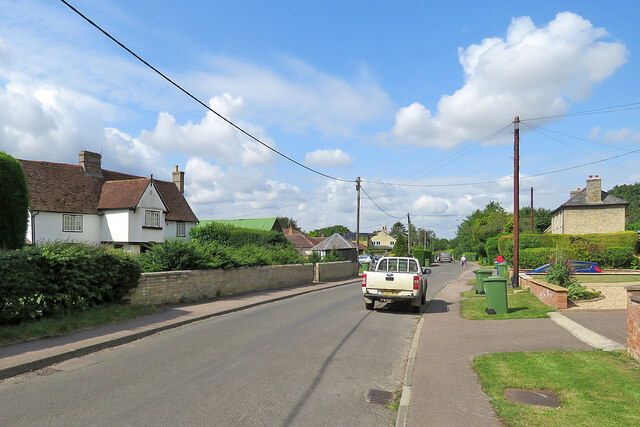
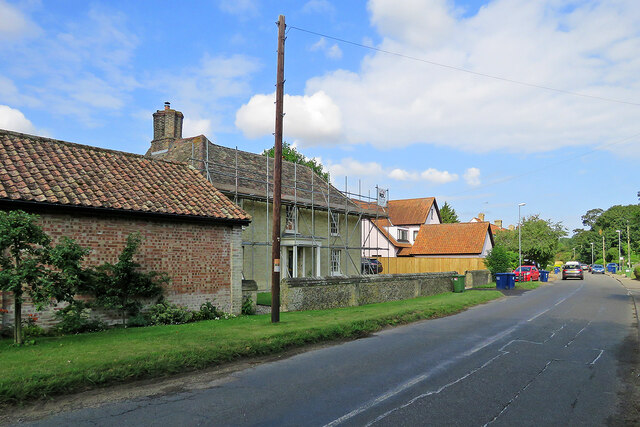

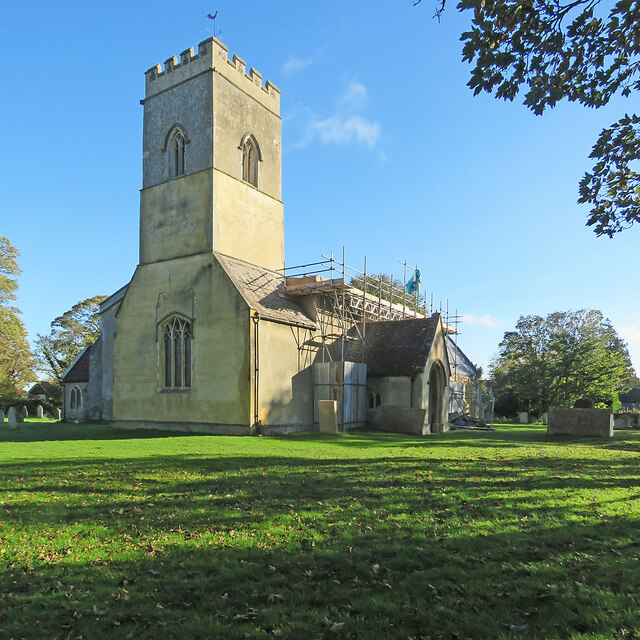





Frog End is located at Grid Ref: TL5358 (Lat: 52.205949, Lng: 0.243513)
Administrative County: Cambridgeshire
District: South Cambridgeshire
Police Authority: Cambridgeshire
What 3 Words
///blotchy.fragment.foot. Near Bottisham, Cambridgeshire
Nearby Locations
Related Wikis
Great Wilbraham Common
Great Wilbraham Common is a 23.5-hectare (58-acre) biological Site of Special Scientific Interest west of Great Wilbraham in Cambridgeshire. It is managed...
RAF Bottisham
Royal Air Force Bottisham or more simply RAF Bottisham is a former Royal Air Force station located 5 miles (8 km) east of Cambridge, Cambridgeshire, England...
Little Wilbraham
Little Wilbraham is a village in Cambridgeshire, England, 6 miles (10 km) east of Cambridge between the A1303 and the A11. It is in the district of South...
Wilbraham Fens
Wilbraham Fens is a 62.5-hectare (154-acre) biological Site of Special Scientific Interest east of Cambridge.This is an example of a fen habitat, which...
Great Wilbraham Preceptory
Great Wilbraham Preceptory is a preceptory in Great and Little Wilbraham, Cambridgeshire. Much of the Church of Saint Nicholas at Great Wilbraham dates...
Great Wilbraham
Great Wilbraham is a small village situated in a rural area some seven miles (11 km) to the east of Cambridge, between the edge of an area of low-lying...
Bottisham
Bottisham is a village and civil parish in the East Cambridgeshire district of Cambridgeshire, England, about 6 miles (10 km) east of Cambridge, halfway...
Fulbourn railway station
Fulbourn railway station (for some time misspelled "Fulbourne" by British Rail) is a disused railway station on the Ipswich to Ely Line, and located between...
Nearby Amenities
Located within 500m of 52.205949,0.243513Have you been to Frog End?
Leave your review of Frog End below (or comments, questions and feedback).
